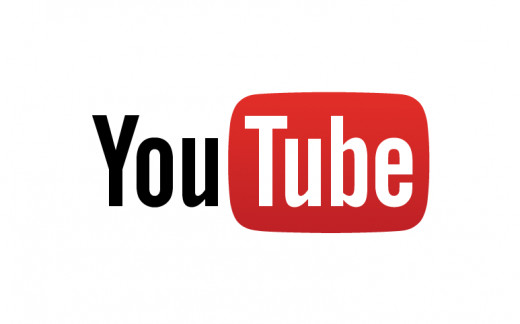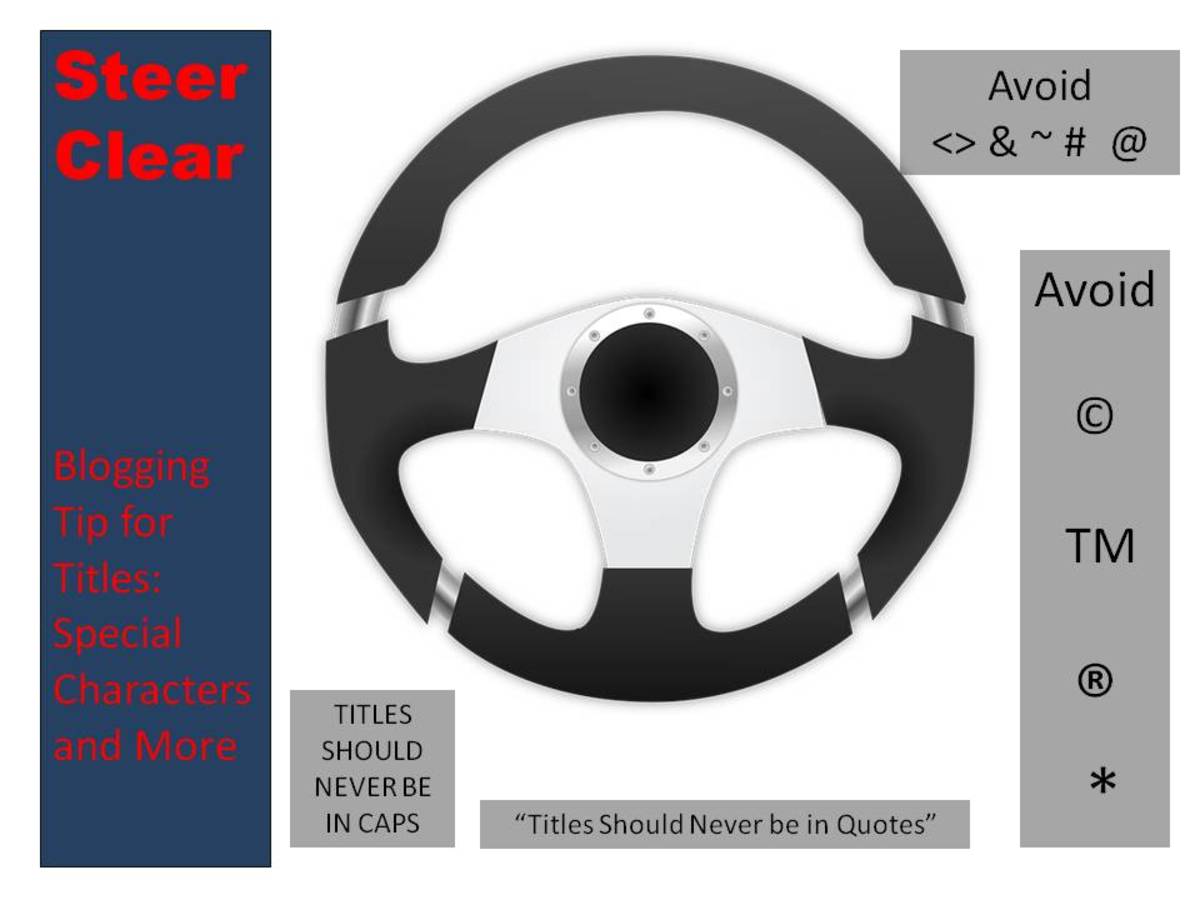Google SEO: Optimizing Content to Increase Website Traffic
Before we even get started, it is worth noting that this article is in fact the first of a series of SEO guides focused on advanced SEO techniques and tips to capture a loyal user base on the web and increase Google traffic to your website. As subsequent guides get published, relevant links will be added to this hub.
What is SEO?
SEO, or search engine optimization, is the process of enhancing various aspects of a website or web page to boost its rankings in search results pages. Various factors are taken into consideration by major search engines when determining the rankings or position of a website during the return of query results.
With Google owning a large percentage of the search engine market share, a lot of webmasters tend to optimize their websites specially for Google traffic, knowing that positive results from Google usually means good scores with other search engines like Bing and Yahoo as well.
What Google SEO really is about
Getting your website noticed in Google today is harder than it was 10 years ago. This is not so much because of the continuous changes in Google search’s algorithm, but primarily because you now have to compete with a lot more contenders than before.
Submit a query in Google’s search engine now and you are likely to have millions of results returned to you. As a user, you feel comfortable with this because it means you have tons of options before you, even if items after the first few pages of returned results may not be too relevant to your query.
As a content provider, however, you need to worry about how your website can get maximum exposure by having it listed at the top of Google’s first search results page for the specific keywords you are targeting.
Beating your online competitors in search results by applying the right SEO techniques can be hard to achieve. It requires, at least, a good comprehension of what your targeted users are looking for, a great understanding of your analytics reports, and, on top of it all, great content.
Admittedly, getting deep into these aspects and mastering the game of SEO is not everyone’s specialty. There are a lot of SEO agencies nowadays that can ease the trouble for you and, to some extent, guarantee you great visibility towards your audience. Then again, such services generally do not come freely.
Unless you feel you are making enough or you believe you are striking gold with the perfect investment, you might want to save your cash and handle your online marketing alone.

Have you ever tried black hat SEO strategies?
So, should you get smart and engage in black hat SEO by attempting to manipulate search results dishonestly? Do not even try it.
Should you then give up on facing competition and regretfully wish you had taken advantage of the web’s nature several years ago? You have no reason to.
As controversial as it may sound, one of the primary reasons why a lot of websites struggle to get Google traffic is because their operators fail to truly understand the goal of the world’s leading search engine. Google’s search algorithm might have undergone massive alterations overtime – and yes, expect new Panda updates – but the role of the system has remained the same, and that is to provide rich information to users.
For the record, Google’s philosophy fully supports this. A few years back, they shared a simple piece of advice that remains of great value to all serious business owners: “Focus on the user and all else will follow.”
Google specifies that ever since the creation of their company, they have focused on providing the best user experience possible. Undoubtedly, this speaks volumes. Note that everything revolves around the user, and user satisfaction should therefore be the base of all your goals.
To speak Google’s language and play by their rules, you need to give full priority to your targeted users’ needs. Be the solution to their problems and provide the answer to their questions.
Frequently publishing good (and unique) content on your website will guarantee you authority in your niche on the long term. After all, as they say, content is king.

How to improve content quality
1. Write what you know
When writing about a topic, you certainly do not want to appear as a clueless or ignorant individual desperate for pageviews. Gathering information on the web only to throw it back to your readers without any drastic transformation basically makes no sense, unless all you care about is referencing others.
Although citing your sources and proper attribution matter a lot in online writing, keep in mind that your opinion and intelligence matter as much. Expert writers always use their knowledge and creativity to spin topics around and expose new angles that are often unexplored.
If your content is about tips to succeed in the professional world, for instance, feel free to share your own experiences. If you are covering breaking news, provide your own analysis of the events with predictions of what is likely to happen next.
As another example, if you publish food recipes, try adding your own touch and advise your readers on what to do if they fail to get results as good as yours.
As you have probably already realized, reviews and general debates are not the only subjects that allow you to speak your mind or connect deeply with your audience. Before even writing your first line, always decide the direction in which you want to go.
So far as what you are writing is not a repetition of what someone else has already written and you stick to your field of expertise, you are safe.

2. Improve Spelling and Grammar
Reviewing your content for spelling and grammar mistakes is the very least you can do. There is no way your website can be respected if you publish content that has lots of omitted words or badly conjugated verbs.
Refrain from shortening or abbreviating terms. Save such practices for your chat sessions with friends and family. Whenever you get behind your computer to write with the intention of feeding your hungry website users with fresh content, make efforts to keep high standards.
It is advised to craft your content in Microsoft Word or similar software that allows you to eliminate basic spelling and grammar mistakes. Make it a habit to go through your text thoroughly to count out all errors before you publish it online.
Be consistent as well. If you have made up your mind to stick with, say, British English, avoid switching to American English intermittently.
Consider hiring a professional editor if you need one. You may not judge it necessary at first, but taking your content’s spelling and grammar seriously can greatly improve your site’s reputation and yield amazing results.
Remember, in September 2014, Google stepped up their efforts to penalize websites with low-quality content via a Panda update, so paying attention to the quality of your content, as far as spelling and grammar is concerned, is also vital for SEO.
3. Decision on content length
A lot of times, people ask how long their articles should be for good rankings in Google SERPs (note that this is an acronym for “search engine result pages”). The web is a free place, and if you own your website, you have absolutely no restrictions or obligations when it comes to content length.
It is recommended not to go below 300 words though, as doing so usually insinuates that you have not gone the extra mile to provide rich information to your readers. Having said that, do not be obsessed with word count and feel compelled to write long articles. Your ambition should be to publish complete articles that are worth referencing and sharing.
Whether it is 300 words, 700 words or 2,000 words long, your focus should be on high quality, readable content, and not word quantity. Do not repeat yourself, but do not be too brief either.

4. Improve Readability
People generally like learning new things every now and then, but many of them have a short attention span. Others are not too comfortable with reading long lines of text and prefer brief posts.
Help them by composing short paragraphs; four or five lines of text per paragraph should be enough. If you are not so sure what this means, simply limit your paragraphs to two sentences.
This goes without saying that long sentences negatively affect text comprehension, so avoid making your sentences look too complex. Good punctuation is key in this case.
Easy-to-read text does not only help you reduce your bounce rate; it is also a recommendation made by Google in their SEO starter guide.
5. Optimizing Images and the alt attribute
We have established that readable content has great impact on your readers. The shorter your sentences and paragraphs are, the easier your content is to read. But text-only content can quickly become boring to follow.
Think of adding images throughout your website’s pages to bring your content to life. For best results, consider inserting full-width centered images every 3-4 paragraphs that are relevant to the page’s topic. Whilst images help with attention span, they should also be used to enrich content by providing extra information; speaking of which, always use alt attributes to describe the contents of your image.
This SEO rule for images is critical when you are looking to increase your search engine rankings. If you are after traffic from Google Images as well, the alt attribute can do the trick.
It is also used by screen readers to allow people listening to the content of your website to interact with your image elements. This is positive especially for people with disabilities, e.g., your visually impaired users.
When saving your images, use short but descriptive file names as well. If you are saving an image about Apple’s 27 inch iMac with Retina 5K display, you may want to have something like imac-retina-5k.jpg. If you are saving an image of the world’s tallest building, the Burj Khalifa, you may opt for something like burj-khalifa-dubai.jpg.
The idea is to stick to relevancy, without attempting to spam Google or overdo with too many keywords in your filenames.

6. Embedding Videos
If a picture is worth a thousand words, then a video is worth a million. Never miss on the opportunity to expand on your topics by adding relevant videos from original, reputable sources. Videos from renowned networks such as YouTube, Vimeo or DailyMotion should be easy to find and embed, and they can also be resized to fit your content space properly.
If your website hosts and uses lots of videos, consider using a video sitemap.
7. Adding informative links
No matter how knowledgeable you are, there will be times when you will need to add credibility to your content by quoting or referencing other sources. If you use someone else’s work or report, provide proper attribution, and do not be selfish enough to prevent spiders from following outgoing links using the rel="nofollow" trick.
A good advice is to backlink only to genuine, authoritative sources to prove that your content is accurate and based solely on facts. This is the essence of attribution via backlinks.
In 2009, Rand Fishkin of Moz.com did a great job explaining how useful it was to link to other websites, while taking the time to suggest how best it can be done. This is not just a plus for SEO, but also for topic expansion and user interest. As you can see, this very hub contains quite a number of external links that are meant to help you get further insight on how to optimize your content from an SEO point of view.
Today, it is also common practice to use social media embed codes to quote others. Twitter, Facebook and Instagram, to name a few, all support embedding and allow your readers to like or share a social media post right from your website.
More advanced SEO tips and techniques
In subsequent articles, we will look at how best you can optimize your titles and descriptions, as well as how you can find the best keywords for your audience and increase Google traffic to your website.
As we progress, we will also look at the effects of a slow website on SEO and discover advanced techniques to solve page speed issues. We will additionally go through the numerous benefits of Google Webmasters Tools, learn how to enhance site navigation and improve URL structure.








